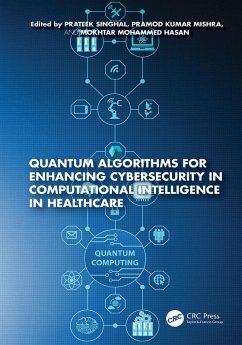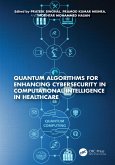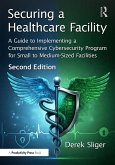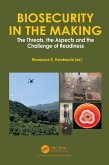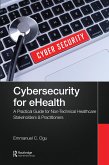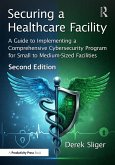It discusses quantum cryptography, post-quantum cryptography, and secure communication, explaining how quantum computing is leading to new ways of encrypting data, detecting threats, and protecting information. Beyond cybersecurity, the book shows how quantum computing impacts many other fields, such as medicine, finance, materials science, and logistics. It is poised to revolutionize artificial intelligence (AI) in healthcare and many other sectors. Because quantum computing is constantly developing, with discoveries and new applications happening all the time, this book brings together researchers from universities and industries to share their latest findings. It aims to help shape the future of this technology. The book offers a solid foundation, detailed explanations of advanced techniques, and a fascinating look at how quantum computing is being used in the real world. As quantum computing becomes easier to access through new tools and cloud platforms, this book hopes to inspire new research in AI and spark innovative applications that were previously thought impossible.
Dieser Download kann aus rechtlichen Gründen nur mit Rechnungsadresse in A, B, BG, CY, CZ, D, DK, EW, E, FIN, F, GR, HR, H, IRL, I, LT, L, LR, M, NL, PL, P, R, S, SLO, SK ausgeliefert werden.

